Great Tradition and Little Tradition:
The study of civilization, as such, was placed on the anthropological agenda by Redfield. He and his students studied a number of folk and urban communities in Mexico and India and came up with many important concepts to understand the structure and persistence of civilizations.
Redfield viewed civilization as a complex organization of traditions. These traditions are mainly bipolar- Great tradition and Little tradition. These may also be treated as a dimension of civilization along with tribal, rural and urban.
In any society, both traditions can be found. On the one hand, there are fewer traditions that are formal, literate, written, reflective and ideal; on the other hand are informal, illiterate, oral, unreflective and actual. The former are Great Tradition, the latter the Little Tradition. They are mutually complementary, interdependent and interactive. The Great Traditions are originated, preserved and propagated by the learned few in cultural and religious centres, and disseminated throughout the civilizational region. The Little Traditions are part of folk or rural life. The Great Traditions are the ideals of thought and behaviour, the Little Traditions are the actual behaviour of the great majority of people in rural areas.
The elements of the Great Tradition are spread throughout the civilization and are to be found as parts of Little Traditions, which modify them to suit their own cognitive world.
“The Great Tradition of philosopher, theologian and literary man is a tradition consciously cultivated and handed down; that of the little people is, for the most part, taken for granted and not submitted to much scrutiny or considered for refinement and improvement. If we enter a village within a civilization we see as once that the culture there has been flowing into it from teachers is exemplars who never saw that village who did their work in intellectual circles perhaps far away in space and time”.
Great traditions and little traditions have long affected each other, and continue to do so. Both can be thought of as two currents of thought and action, distinguishable, yet ever flowing into and out of each other. Great epics in any civilization have their origins in tale-telling by many people and returned again to them for incorporation into local traditions. “The Old Testament arose out of tribal peoples and returned to peasant communities after they had been the subject of thought by philosophers and theologians”. So arose Ramayan and Quran.
In other words, and in very loose analogy with the research process, it can be said that the experiences and perceptions of local people in every book and corner of the civilizational region from the data which are analyzed and theorized by philosophers, thinkers, priests and teachers at Great Traditional centres, and returned to the local communities again in a compact form, which are a part of a heritage, a Great Tradition of the whole civilization not just any specific nook or corner of the civilization.
The difference between the two traditions is basically that of text and context. The contents of the text of the Great Tradition is expressed or manifested in the context of little traditional village life.
In a concrete example from India, Redfield writes, “……the world view of the Little Traditions of India is on the whole polytheistic, magical and unphilosophical, while the different strands of Great Vedic tradition choose different intellectual and ethical emphases: the Vedas tend to be polytheistic and poetical, the Upanishads abstract, monistic and not very theistic; while the important Vaishnavism and Shaivism are theistic and ethical…… The Ramayana is the ancient source widely influential in India today. Derived from oral tales it was fashioned into a Sanskrit epic by……. Valmiki and so became a part of India’s Great Tradition.
Later this Ramayana was translated into many Indian languages. Its Hindi translation, “Ramacharit Manas” by Tulsi Das became the most prized possession and its content one of the most revered tradition of Hindu India. It contains many interpolations. It is recited in every home and dramatized in popular form, the Ram Lila, thus becoming once again a part of Little Tradition.
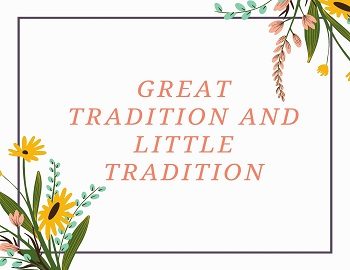

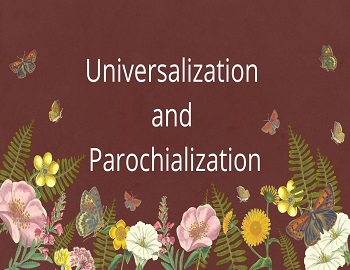
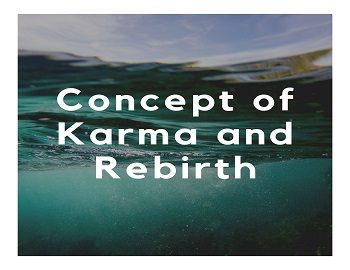

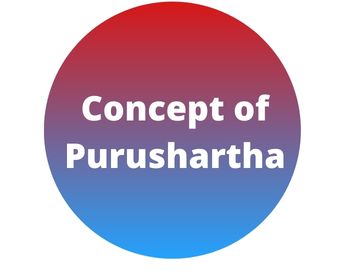

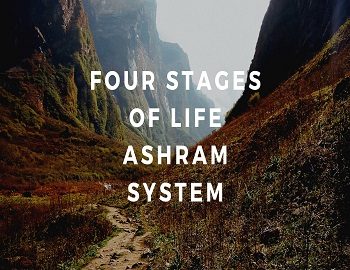

Comments (No)